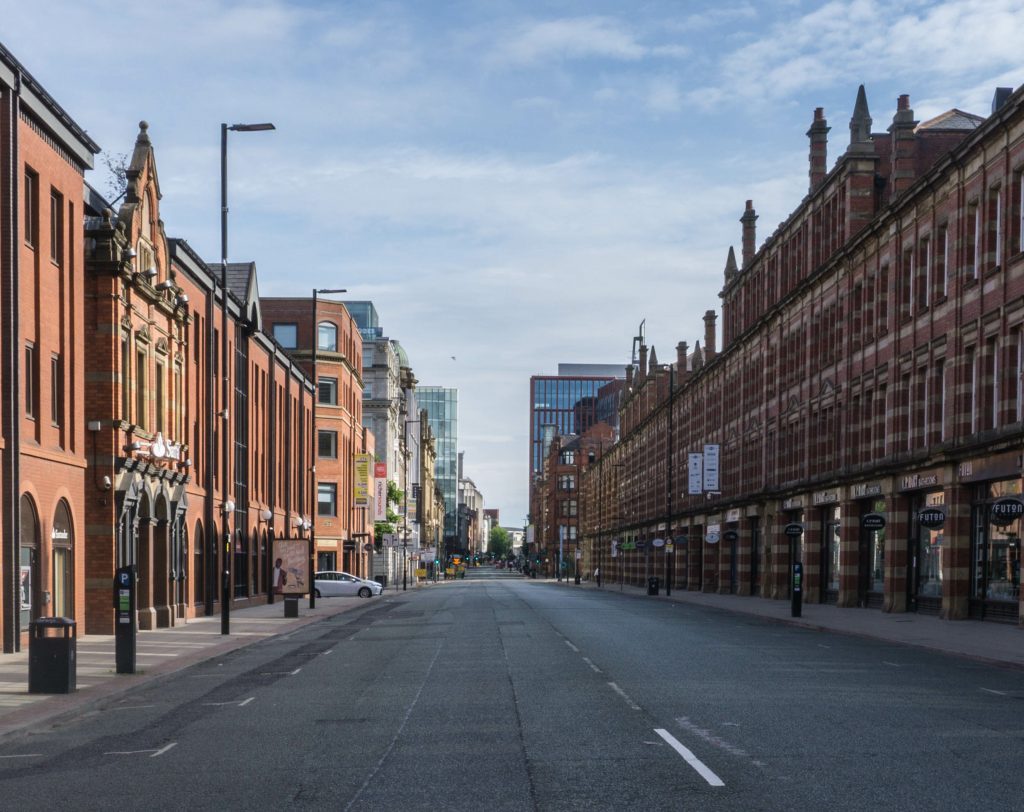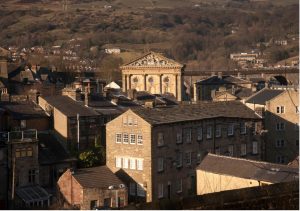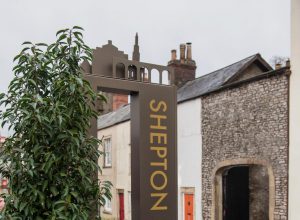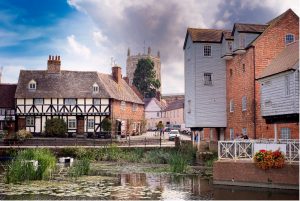How the pandemic has changed things
In this blog post we’re asking how has the pandemic affected the fortunes of the high street. It’s 19 months since the Prime Minister set out the work from home mandate and ordered our shops to close. 19 months since our nation’s high streets first went eerily quiet.
So how did the pandemic change things?
The immediate impact is clear.
With the exception of key workers we all stayed at home and, with that, we chose to shop online. Shops that couldn’t cater for online sales took the hit, along with any other high street services that relied on passing trade.
But what about the long term impact?
The straw that broke the camel’s back?
Was the closure of shops the final straw in a series of changes that have undermined the vitality of the high street?
From planning measures in the ‘70s that prioritised motorways over pedestrians, to the rise in out-of-town retailing and finally the 2008 global economic crisis, you’d have been forgiven for thinking that the start of the pandemic was the end of the road.
How did the work from home mandate impact our local high street? Initially a short-term change, for many it is now a permanent feature. Indeed, one in six businesses intend to use increased homeworking permanently.
Home working brings flexibility and cuts out the commute – meaning more time to explore the neighbourhoods in which we live.
So whilst our city centre high streets need to rethink how to draw people in again (a challenge that the High Streets Task Force is taking on), local high streets might well be experiencing something of a renaissance.
What do the stats say?
Recent research from the Task Force (April 2021) shows that footfall is still down by around 40% compared to pre-pandemic levels across all towns.
So there is some way to go.
But, importantly, the data shows that our streets are consistently getting busier week on week despite recent rises in transmission, indicating that we still value in-person shopping.
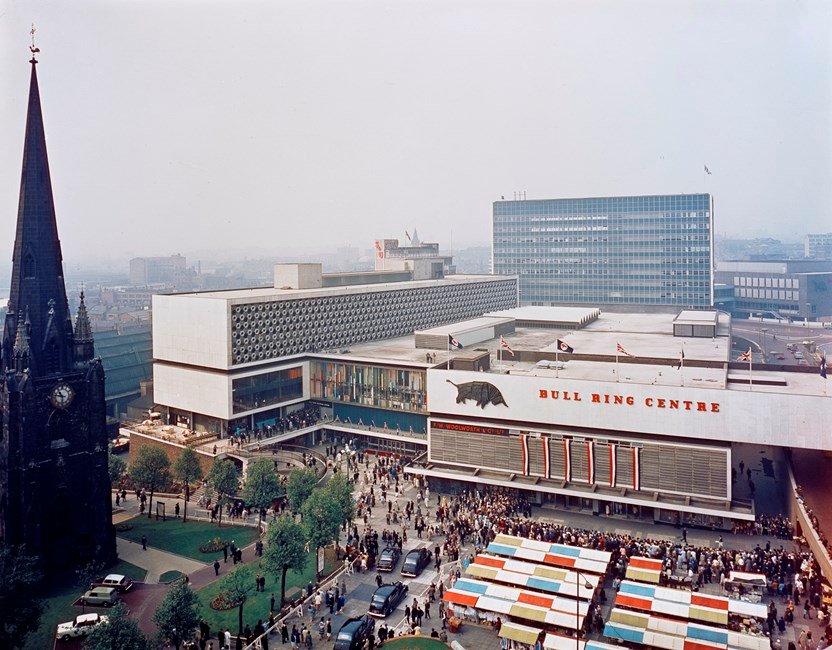
The mighty shopping centre?
Following its inception in the 1960s, the shopping centre soon became the destination of choice for shoppers.
It was a blow for the local high street.
Shopping centres drew people away from their local centres in droves; with everything you could need (including somewhere to eat and socialise) under one roof, protected from the elements and oodles of free parking, it was hard for the high street to compete.
In our home city of Manchester, you don’t have to look far to see the impact the Trafford Centre had on regional town centres such as Bolton and Bury.
Small towns rise again?
However, in recent times, even pre-pandemic, the movement to return to our roots has been gaining traction for a number of reasons:
- Buying local supports local businesses rather than multi-national conglomerates;
- Buying local avoids delays linked with imports, which are becoming more prevalent; and
- Buying local minimises transportation, and so reduces the carbon footprint of the things we buy.
As consumers we were already increasingly aware of the impact of our consumer choices, but the pandemic has fuelled this further.
By working from home we’re getting to know our own neighbourhoods better. And if we need to pop out at lunch to run an errand, we’re spending that money on our local high street now, rather than in the city centre.
On top of all that, we always had a nagging doubt in our minds about shopping centres anyway. They all looked the same and, without any reference points to the “real world” outside, it was all too easy to get lost in them (or was that just us?).
That’s why our recent work across some of England and Ireland’s smaller towns has been particularly enjoyable: through our wayfinding input we’re able to help small towns capitalise upon this change in fortunes and rise again.
How can wayfinding help?
Many of our clients are proactively formulating strategies that build on this change in momentum to encourage shoppers into their local centres.
In partnership with local authorities and tourism boards, we develop user-centric wayfinding strategies that encourage visitors to explore and, in turn, stay a little longer. So that quick trip to tick something off your list turns into something more, bringing more local expenditure into the town.
Our strategies help visitors to engage with a place by providing just the right information – whether that’s a tit bit from its history or how to find the town hall.
Small but mighty Shepton Mallet
Our recent work in Shepton Mallet has been about getting people into the shops.
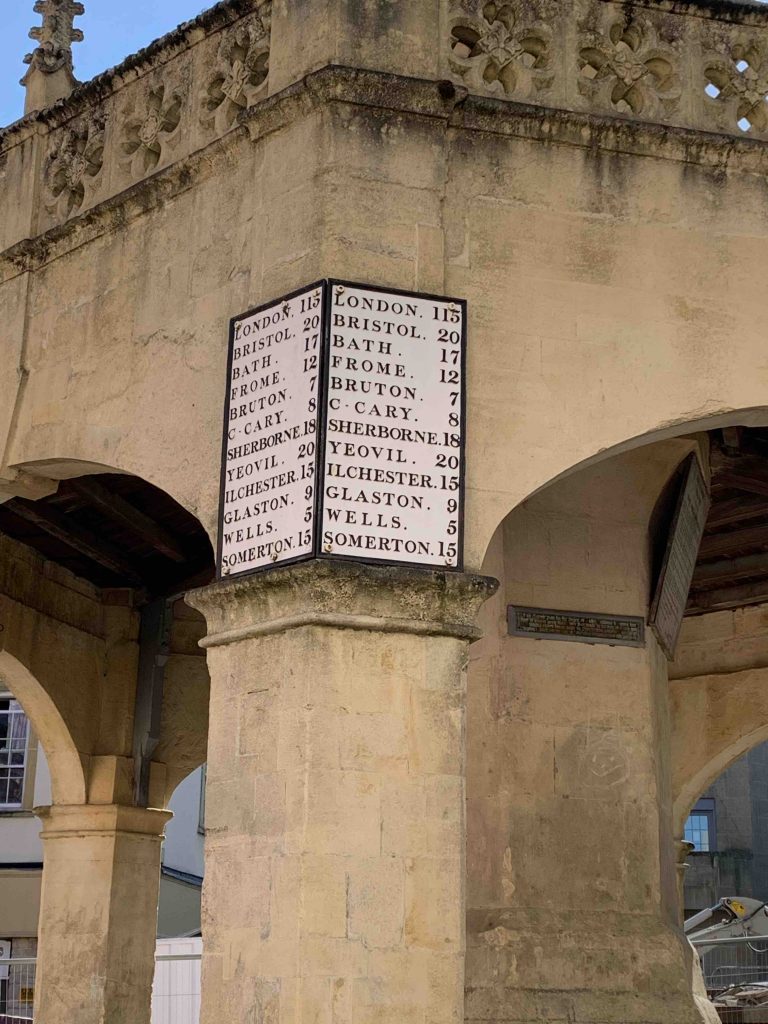
Shepton Mallet is a historic market town and many visitors will be drawn to the town for its historic character as well as its shops. But most won’t know much about its history.
So, the first phase of work in Shepton has focused on designing a wall-mounted sign that highlights a series of historic trails through the town. The signs will enhance shoppers’ experience and encourage them to venture off the beaten track and discover more about the town.
The next phase of work will follow, with the aim of providing a better sense of arrival, good pedestrian-focussed mapping to encourage people to explore and signage located to direct pedestrians around the town, connecting the shopping and historic area.
Let’s shop local
It seems the pandemic accelerated changes that were already happening, but has provided the extra opportunity for local high streets to draw in the shoppers.
Britain’s local high street is special.
It’s those little things, like the local pharmacist who knows you by name and the fishmonger who only stocks locally caught fish.
These things are more important than ever and many of us are seeing our town centres with fresh eyes and realising the impact we can have by choosing to shop locally.
Not just the added sense of community from getting to know your local neighbourhood, but the added benefits to the local economy and the environment.
So, let’s raise a glass to the mighty high street. With all that it’s been up against, it’s hanging in there and even flourishing.
Does your high street need a bit of a pick-me-up? We create wayfinding strategies that get places noticed. Get in touch on 0161 241 3174.

